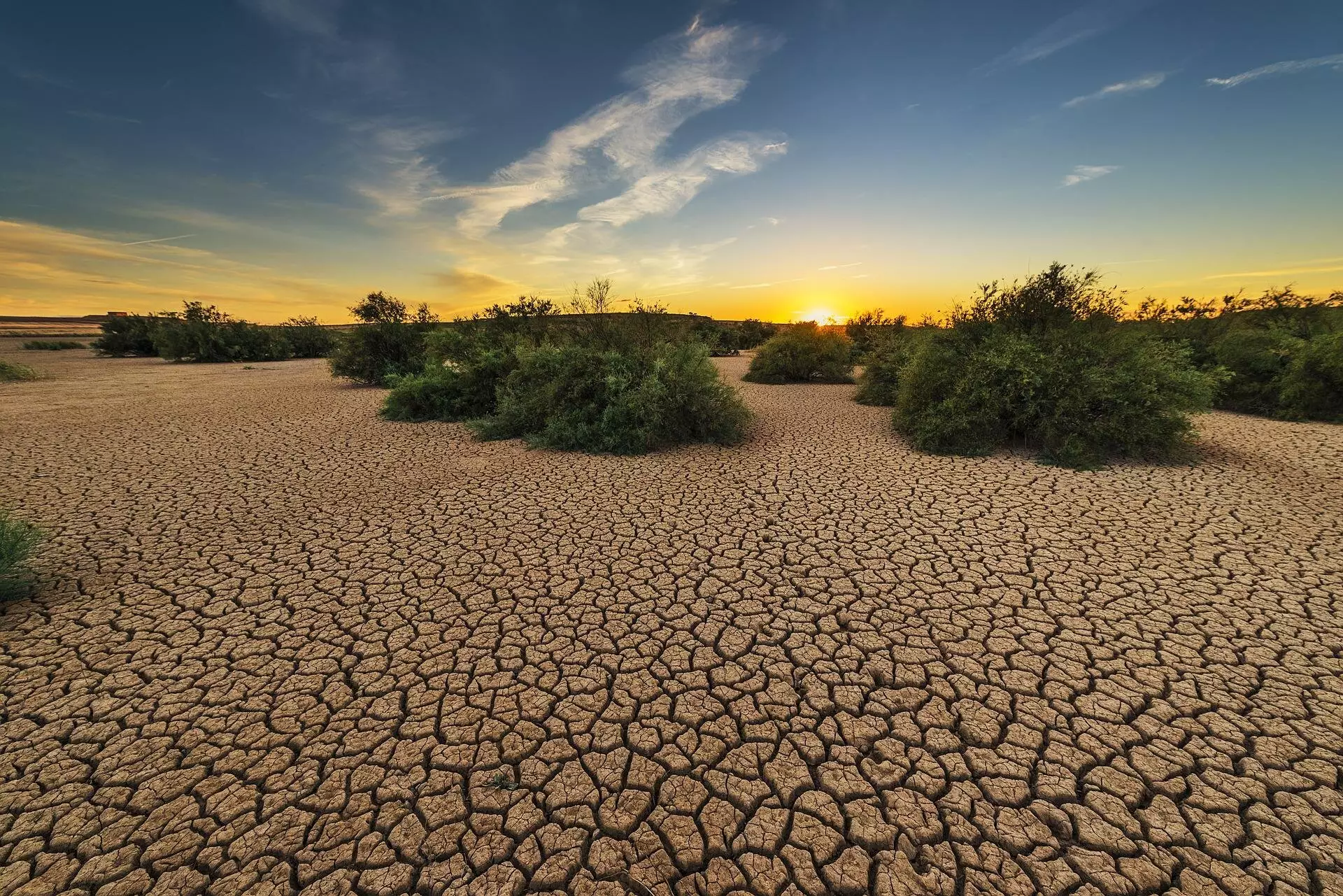Droughts have always been recognized as lingering adversaries that can inflict extensive damage over extended periods, leading to devastating social, economic, and environmental consequences. However, the rapidly intensifying phenomenon of flash droughts has emerged as a disturbing aspect of our rapidly changing climate. Defined by sudden and severe dry conditions that can appear in mere days or weeks, flash droughts act as a silent thief, stealing away water resources and wreaking havoc on agriculture and ecosystem health before stakeholders even realize the threat has arrived. Understanding the drivers of flash droughts, particularly through the insights of researchers like Dr. Ashok Mishra of Texas A&M University, is crucial for combating their growing prevalence.
A Global Perspective on Localized Symptoms
While the research conducted by Dr. Mishra’s team primarily focused on South Asia, the implications of their findings resonate far beyond geographic borders. The conditions necessary for flash droughts are increasingly relevant to regions like Texas, where rain-fed agriculture and energy production form the backbone of the economy. As the study reveals, factors such as atmospheric circulation and climate change are integral to understanding this complex phenomenon. It is not merely an issue for one location; it poses a global challenge. As undergraduate students and seasoned researchers alike delve into the intricacies of flash droughts, they may uncover correlations that extend our understanding of this problem on a worldwide scale.
Economic Ramifications and the Need for Proactive Strategies
Flash droughts directly influence important economic sectors, notably agriculture and energy. Reduced water availability can lead to declining crop yields and increased costs for farmers, profoundly impacting food security in affected regions. As noted in the research, stakeholders must prioritize developing effective mitigation strategies tailored specifically to the varying characteristics of traditional and flash droughts. This distinction is essential; approaching these issues with one-size-fits-all solutions ignores the multifaceted nature of water scarcity and the distinct ecosystems reliant on it.
The Role of Climate Change in Drought Severity
A salient concern emerging from the findings is the exacerbating influence of human-induced climate change on flash drought severity and frequency. Predictions suggest a troubling trajectory wherein flash droughts will become more common in the future, particularly in nations already grappling with water scarcity. The research identifies an urgent need for improved predictive tools and quantitative methods that can arm stakeholders against these looming threats. As flash droughts continue to encroach upon vulnerable sectors, adaptation efforts must be built on scientific insight and cross-sector collaboration.
Collaborative Efforts: A Path Forward
Efforts like Dr. Mishra’s collaborative research, which bring together experts from the United States and Asia, illustrate the importance of international dialogue in addressing climate challenges. Collaboration must extend beyond academic circles to policymakers, who can initiate the required infrastructure improvement and proactive measures. The cooperative exchange of knowledge between countries grappling with similar challenges is essential; without collective action, the fight against the tide of growing flash droughts is certain to falter. Initiating conversations about preventative measures and innovative resource management strategies can pave the way for a more resilient future.

